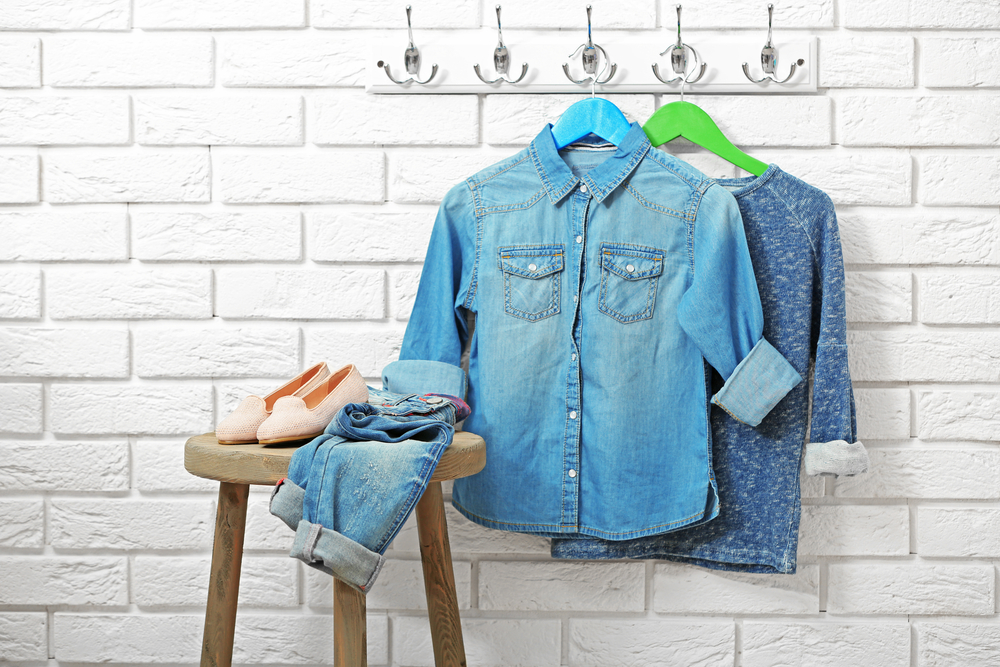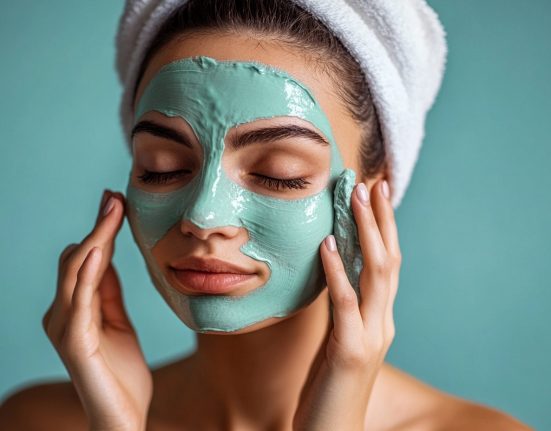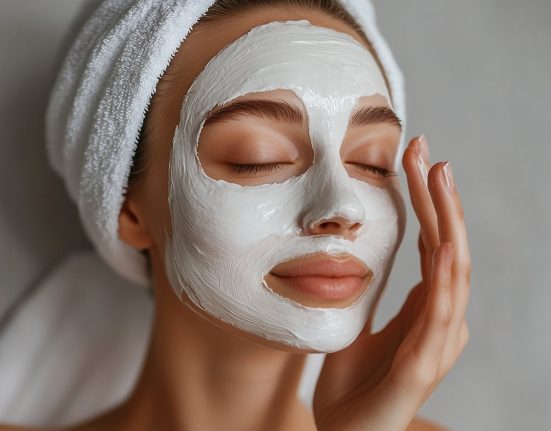According to a report published in the journal “Environmental Science and Technology,” harmful PFA substances known as “forever chemicals” due to their environmental persistence are found in 60 per cent of children’s products, including textiles labelled as waterproof, stain-resistant, and environmentally friendly. Unfortunately, many people are unaware of the potentially hazardous chemicals found in our clothing. A large portion of today’s clothing contains hazardous chemicals that can harm our health.
Additionally, the rise of eco-friendly clothing has created a buzz across various sectors as people increasingly recognise the importance of safe and sustainable clothing. Not only have adult clothes become more eco-friendly, but children’s clothing has also improved, considering their sensitive skin and unique needs. In fact, mothers have taken on the role of in-house stylists for their children’s attire, selecting options free of harmful materials and chemicals. Consequently, it is crucial for us to become more aware of these hazardous substances’ impact on both our health and the environment.
Here are some tips parents can take into consideration while choosing safe clothing for their kids:
Material should be on priority: The first step in selecting safe clothing for children is to pay attention to the material used. It should not be synthetic because it can cause skin problems, irritation, excessive sweating, and difficulty in movement. Remember that children are constantly on the move, so materials that are completely natural, comfortable, and airy are required. As a result, choose natural, breathable fabrics such as cotton or linen, which may be more expensive, but it is well worth the investment in your child’s comfort!
Opt for chemical-free clothing: Although it is not well known, garments are frequently dyed with chemicals that can be detrimental to children by creating allergic reactions on their skin. Though the dye components themselves are not environmentally harmful, the chemicals used to glue the colour to the fibres are. That is why it is crucial to use natural fabrics with a certificate, such as organic cotton, and to experiment with different colours made from different plant materials, such as blueberries, lemon peel, and so on. Not only are these natural colours safe for your body, but they are also better for the environment, as many synthetic dyes pollute water.
Check the product ingredient label: When it comes to picking safe clothes for kids, there is no better way to tell which clothing is safe than by examining the inside of it. Given the clothing industry’s unique and complex environmental and social challenges, concrete solutions to aid consumers in picking items with fewer environmental and social impacts throughout their production phases are required. Product labelling is one tool developed to assist customers in selecting safe clothing for children. As a result, look for information on the label of harmful chemicals and substances in garments, on product tags, or in internet descriptions.
Choice of a sustainable brand: It is undeniably true that a well-known brand ensures the safety and quality of its clothing. Luxury and premium apparel is almost always of high quality; all you have to do is do your research and handle the garments before purchasing them. When shopping for children’s clothing, in-person purchases are recommended. As a result, select brands known for their unique designs and sustainable practises prioritize high-quality, stylish children’s clothing that values both safety and style.
Wash it after the purchase: Washing clothing before putting it on your child helps to remove some of the unpleasant chemicals used in the clothing’s final manufacturing processes, such as bleach or textile treatments. This is especially important for children, who frequently have more sensitive skin. However, this is only a partial cure because some poisons can withstand multiple washes. Washing clothes, on the other hand, aids in the removal of some of the more irritating substances. Furthermore, wash new clothing in warm water with a mild detergent to remove any residual chemicals or irritants.
Safe Clothing: A healthy choice for growing kids
Buying children’s clothing can be stressful, but at the same time, it can also be a pleasurable experience for parents. However, it’s crucial to choose clothes with attractive patterns and high quality while considering potential hazards. In fact, purchasing ethically made, environmentally friendly clothes for children not only protects them from harmful chemicals but also allows you to contribute to a cleaner, greener environment. Remember, safety always comes first; even the most appealing and fashionable items should be thoroughly inspected before purchase. As a result, the aforementioned guidelines may be the best strategy to protect your children from hazardous materials and chemicals.








